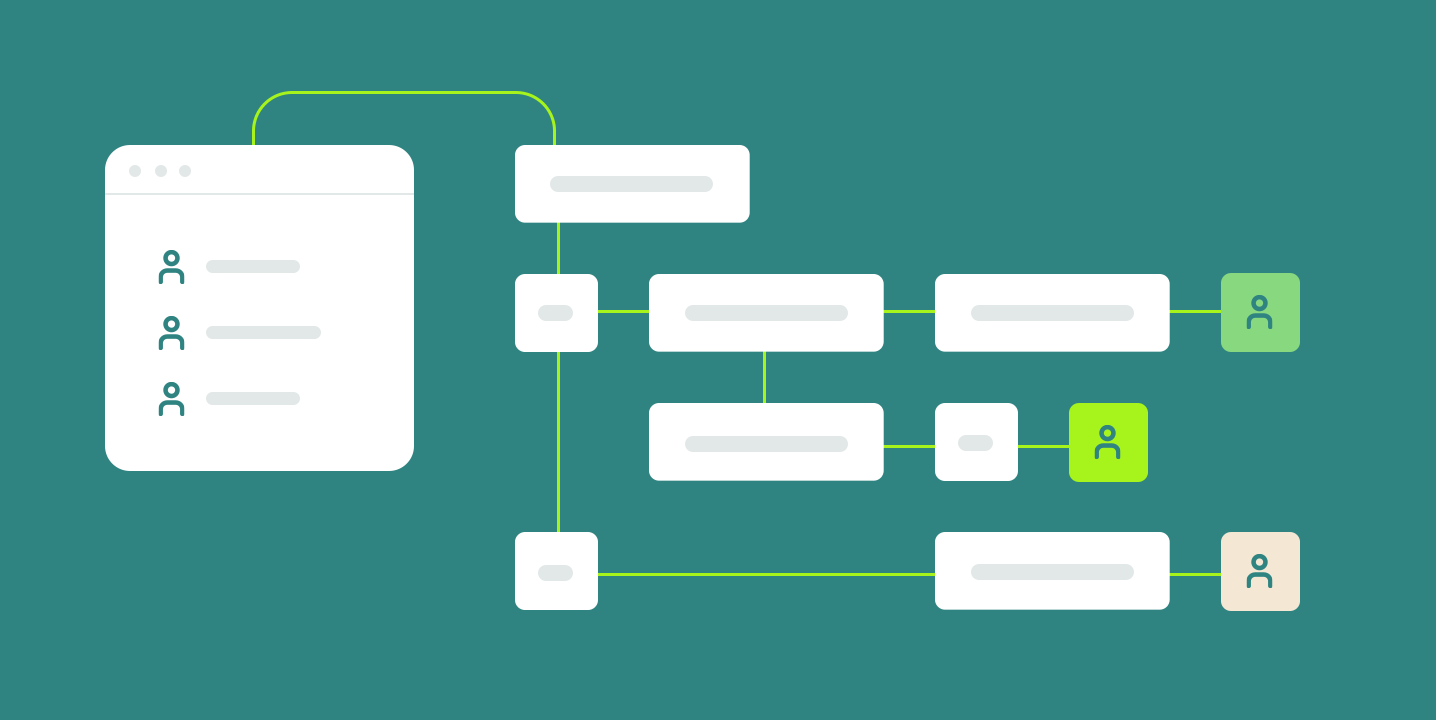
E-commerce Email Marketing Segmentation and Targeting
In the realm of E-commerce Email Marketing, Segmentation, and Targeting stand as pillars of success. To harness their potential effectively, one must delve into the intricacies and nuances of these strategies. In this comprehensive guide, we will navigate the depths of E-commerce Email Marketing Segmentation and Targeting, ensuring you are equipped with the knowledge to drive success in your e-commerce business.
Understanding the Fundamentals of E-commerce Email Marketing
What Is E-commerce Email Marketing?
E-commerce Email Marketing is the practice of sending targeted emails to your customers and prospects with the goal of promoting your products or services, building customer relationships, and driving sales.
The Power of Personalization
In E-commerce Email Marketing, personalization is key. By tailoring your emails to individual customer preferences, you can significantly boost engagement and conversions.
The Art of Segmentation
The Significance of Segmentation
Segmentation is the process of dividing your email list into smaller, targeted groups based on specific criteria. This ensures that your emails are highly relevant to the recipients.
Types of Segmentation
- Demographic Segmentation: Categorize your audience based on age, gender, location, and other demographic factors.
- Behavioral Segmentation: Analyze customer behavior to understand their preferences and purchase history.
- Psychographic Segmentation: Focus on values, lifestyle, and interests.
- RFM Segmentation: Recency, Frequency, Monetary segmentation helps prioritize high-value customers.
Crafting the Perfect Segmentation Strategy
To create an effective segmentation strategy, consider factors like customer data, purchase history, and engagement metrics. This ensures your emails resonate with the right audience.
Targeting the Right Way
Tailored Content for Each Segment
Once your audience is segmented, it's time to craft content that speaks directly to their needs and interests. This level of personalization can significantly impact your email marketing success.
The Role of A/B Testing
A/B testing allows you to experiment with different elements of your emails to determine what works best for each segment.
Leveraging Automation
The Benefits of Email Marketing Automation
Automation streamlines your email marketing efforts, allowing you to send the right message at the right time. It's an essential component of a successful E-commerce Email Marketing strategy.
Key Automation Triggers
- Welcome Series: Engage new subscribers and introduce them to your brand.
- Abandoned Cart Emails: Remind customers of items left in their cart.
- Product Recommendations: Suggest products based on their browsing and purchase history.
Measuring Success
The Metrics that Matter
To gauge the effectiveness of your E-commerce Email Marketing Segmentation and Targeting, monitor key metrics like open rates, click-through rates, conversion rates, and revenue generated.
Frequently Asked Questions
-
How often should I send marketing emails?
- The frequency of your emails should align with your audience's expectations and preferences. Monitor engagement to find the sweet spot.
-
What's the ideal email subject line length?
- Subject lines should be concise, typically under 50 characters, to ensure they are fully visible on mobile devices.
-
Can I automate email personalization?
- Yes, you can use automation tools to personalize emails based on customer data and behavior.
-
How do I handle unsubscribers?
- Provide an easy and clear way for recipients to unsubscribe. It's essential to respect their choices.
-
What are some effective email content strategies?
- Effective strategies include storytelling, educational content, exclusive offers, and customer reviews.
-
How can I improve my email deliverability rates?
- Focus on sending relevant, valuable content and maintain a clean email list by removing inactive subscribers.
Summary
In the world of E-commerce Email Marketing Segmentation and Targeting, success lies in understanding your audience, segmenting them effectively, crafting personalized content, and automating where possible. By closely monitoring metrics and continuously improving your strategy, you can build stronger customer relationships, boost engagement, and drive conversions.
